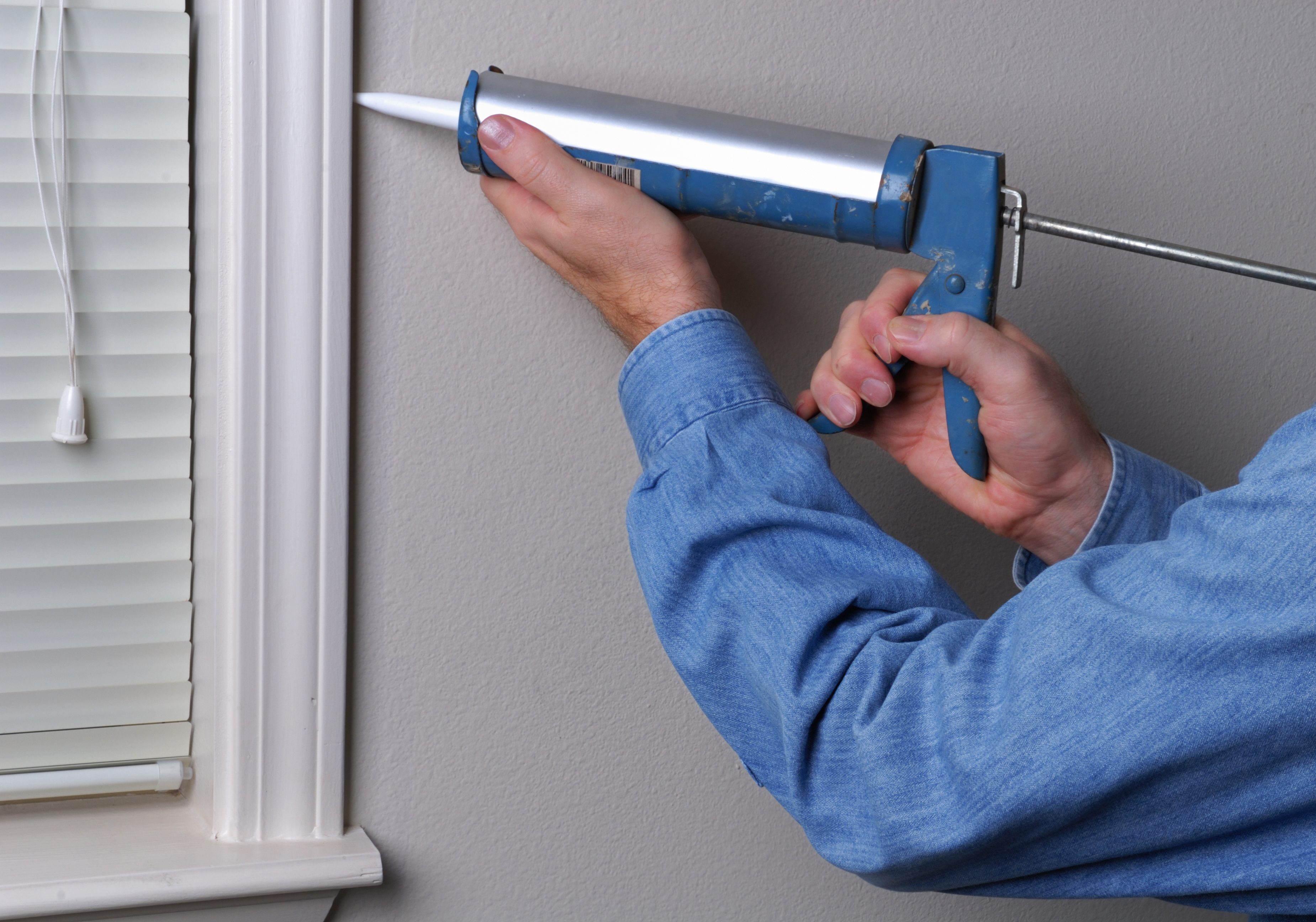

We may earn revenue from the products available on this page and participate in affiliate programs. Learn More ›
Windows can have a significant impact on a home’s energy efficiency. When they’re outdated, poorly sealed, or made from inefficient materials, windows allow unwanted heat transfer, forcing your heating or cooling systems to work harder to maintain a comfortable indoor temperature. This can lead to noticeably higher energy bills. “Windows are one of the most common sources of energy loss, especially during colder months but during warmer temperatures as well,” says Randi Bujnovsky, weatherization product manager at Duck Brand, a leading maker of weatherization products.
Fortunately, there are several ways to improve window performance and boost energy savings. From sealing windows and adding window film to installing cellular shades, energy-efficient window solutions can keep energy bills in check. Learn more about the five top ways you can help make your windows more energy efficient, according to industry experts.

1. Seal gaps and cracks.
Gaps and cracks along the edges of windows are major contributors to energy loss, says Bujnovsky. “Even small openings beneath the frame can create persistent drafts that make a home less comfortable and harder to heat or cool efficiently,” she says. She recommends installing draft seals or weatherstripping as a simple, cost-effective way to eliminate this problem.
Adding caulk also can address air leakage. “Window frames settle or shift with time, and weather degrades old caulking, permitting minute gaps for conditioned air to leak out and outside air to enter,” says Alex Atkinson, an HVAC Expert at Super Brothers in Northern California. He suggests performing a candle or smoke test by the window frame; if the flame flickers or the smoke drifts, that indicates a leak. “Fill the opening with a good silicone or acrylic latex caulk designed for exterior use, and don’t neglect the inside of the window since drafts may travel both ways,” notes Atkinson.
2. Open windows at night/close windows and treatments during the day.
Save energy by using windows strategically in line with the natural climate. During the summer months, open your windows at night when the outside temperature drops, recommends Atkinson. This allows cooler air to pass through and decreases the indoor temperature naturally. Then, in the morning, close those windows and insulate them with blackout curtains, thermal drapes, or reflective shades. “This creates a heat barrier and blocks the sun’s radiant heat, so less has to be spent operating your AC,” says Atkinson. “I’ve witnessed this simple process shave large amounts of money from cooling bills in monthly expenses, especially in homes that lack central air.”
3. Add extra insulation around your window AC unit.
If you have a window AC unit, it’s important to keep the surrounding area covered tightly and sealed. “These units are often installed in a way that leaves small openings around the frame, which can let in drafts or let out the cool air you’re trying to keep inside,” says Bujnovsky. She recommends using an indoor air conditioning cover to seal in climate-controlled air. Additionally, Atkinson suggests cutting foam insulation panels or getting AC-specific insulation kits to shroud and seal around the unit. Transient weatherstripping foam is another effective option.

4. Install cellular shades.
Cellular or honeycomb shades, including those with smart-tech features, are the best window covering option if you’re looking to save energy, since they are designed to trap air and keep homes as comfortable as possible. They provide the best insulation values available in window treatments, says Atkinson. “They hold air within formed cells that are used as insulation pockets, which oppose heat transfer from the window,” he explains. “Studies have confirmed that well-sealing double-cell cellular shades can reduce heat loss up to 40 percent in winter and reduce solar heat gain up to 60 percent in summer.” He always recommends inside-mounted blinds that fit closely for the maximum insulation advantage.
5. Apply window film.
Finally, applying a clear window film, as long as it won’t void your window warranty, is another effective solution. It creates an added barrier between the outdoor and indoor air. Atkinson recommends low-emissivity (low-E) window film that reflects infrared light back. “This keeps warmth out during summer and in during winter,” he says. “These films block up to 70 percent of solar heat and 99 percent of UV rays, not only keeping the indoor temperature constant but also protecting furniture and floors from color change.”
